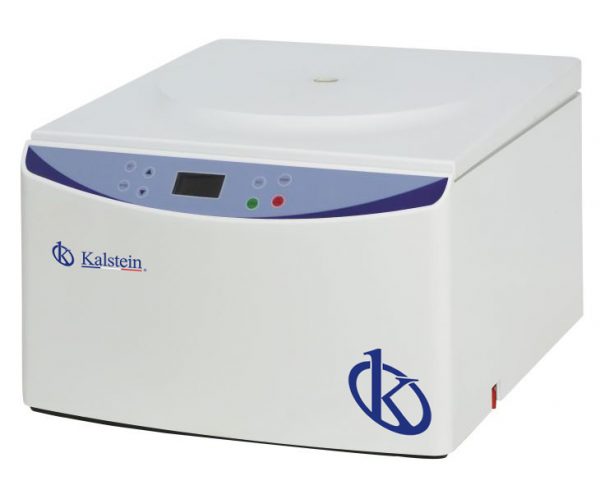Cytocentrifugation errors are common in medical laboratories. It is a complex technique, in which a liquid sample is obtained for further analysis. This sample is placed together with an isotonic solution in a container called a “centrifuge”. After centrifugation, errors can occur due to factors such as speed, temperature of the liquid, residues in the solution, errors in the centrifuge setting, among others.
It is important to ensure accuracy in the analysis results to avoid clinical errors, so medical laboratories should focus their efforts on reducing cytocentrifugation errors. In Kalstein we are MANUFACTURERS of laboratory equipment of the highest quality and with the best technology at unbeatable prices. So we offer you new cytocentrifuges HERE, at the best PRICES in the market; we offer you all the specifications, technical specifications, advice and the variety of centrifuges that you need, we assure you, through our online purchasing channels.
Ensuring the proper functioning of the centrifuge
One of the main measures to be taken to reduce cytocentrifugation errors is to ensure that the centrifuge is working properly. This means that the centrifuge should be maintained according to the manufacturer’s instructions, periodic checks should be performed, and safety mechanisms should be checked to ensure that the chances of error are reduced.
In addition, personnel operating the centrifuge must follow exact instructions on the process they must follow when working with the centrifuge. This includes checking the liquid temperature, centrifugation speed, centrifugation time, centrifuge pad size, among others. This is necessary to ensure the accuracy of the results.
Carefully check the sample before centrifuging it.
Another important measure to reduce cytocentrifugation errors is to carefully check the sample before centrifugation. This means that the sample must be clean of any contaminants or residues before centrifugation. This is achieved by preparing the sample properly, where agglutinations or sediments should be avoided.
It is also necessary to perform quality controls of the centrifugation solution before centrifuging the sample. This solution must comply with the parameters established by the manufacturer in order to obtain accurate results. Finally, it is vital that the sample is properly adapted to the centrifugation pad to avoid spilling the liquid during centrifugation.
Keeping a log of results
To ensure accurate results in clinical analysis, it is important to keep a log of the results obtained. This log should include information such as the time and date of centrifugation, the duration of centrifugation, the amount of liquid centrifuged, the centrifuge parameters and the result obtained.
This will help to verify the results of the analysis and avoid clinical errors. In addition, this information can be used to perform retrospective analysis and improve centrifuge processes. In conclusion, reducing cytocentrifugation errors in medical laboratories is an indispensable task to ensure that clinical results are accurate. In this way, measures can be taken such as ensuring the proper functioning of the centrifuge, carefully checking the sample before centrifugation, and keeping a log of the results. These measures will help prevent clinical errors and improve the quality of medical analysis.


